Whales are the planet’s largest living mammals—air-breathers that long ago abandoned land for an aquatic life. Below you’ll find an in-depth look at their shared biology, the two great feeding lineages (toothed vs. baleen), and 15 representative species or species-groups that illustrate modern whale diversity.
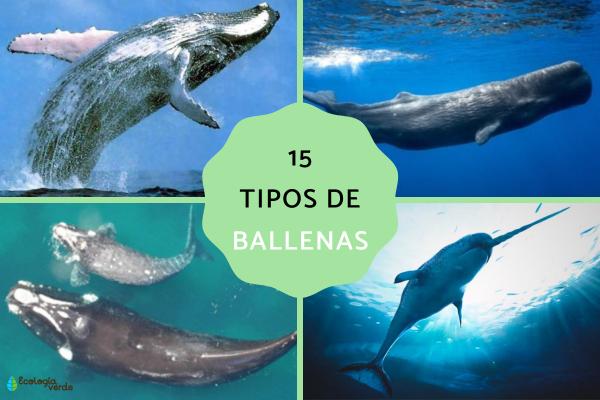
| Aspect | Details |
|---|---|
| Ancestry | Close kin to even-toed ungulates; the hippopotamus is their nearest living terrestrial relative. |
| Respiration | Lungs; a blowhole (or pair) atop the head forces them to surface regularly for air. |
| Diving Physiology | High myoglobin in muscles stores oxygen, enabling long, deep dives. |
| Thermoregulation | Thick blubber layer insulates against cold ocean water. |
| Locomotion | Streamlined torso, horizontal tail flukes for thrust, paddle-like pectoral fins for steering; some carry a dorsal fin. |
| Acoustic Abilities | Most species vocalise; toothed whales add echolocation for prey detection. |
| Size Record | The blue whale (Balaenoptera musculus)—24-27 m, 100-120 t—remains Earth’s largest known animal. |
Odontoceti (Toothed Whales)
True teeth, active predators of fish, squid, seals, even smaller cetaceans.
Mysticeti (Baleen Whales)
No teeth; keratinous baleen plates sieve krill or small fish from mouthfuls of seawater.
Below, family names appear in bold, followed by flagship species and distinguishing notes.
Southern Right Whale – Eubalaena australis
Bowhead Whale – Balaena mysticetus
Longest baleen plates; no dorsal fin; placid temperament made them early whaling targets.
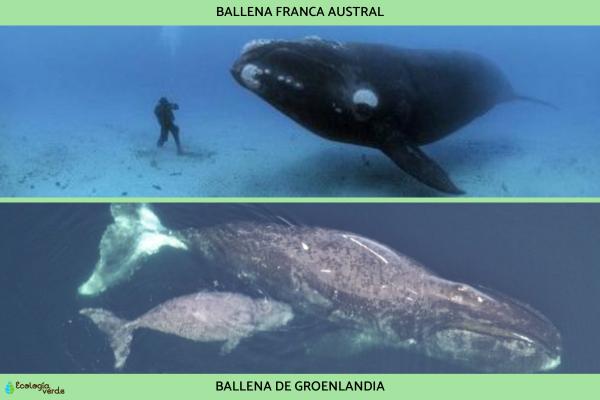
Pygmy Right Whale – Caperea marginata
Only 5 m long; slim, pointed dorsal fin; restricted to Southern Hemisphere temperate seas.
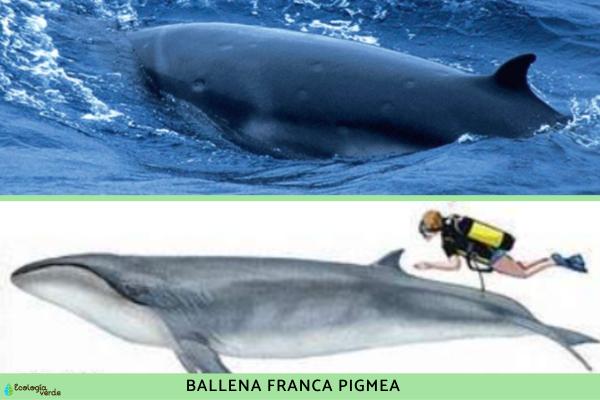
Blue Whale – Balaenoptera musculus
Humpback Whale – Megaptera novaeangliae
Fin Whale – B. physalus
Sei Whale – B. borealis
Throat-belly pleats inflate as a “net bag” when engulfing prey; streamlined bodies, rear-set dorsal fin; long migrations between polar feeding grounds and temperate calving lagoons.
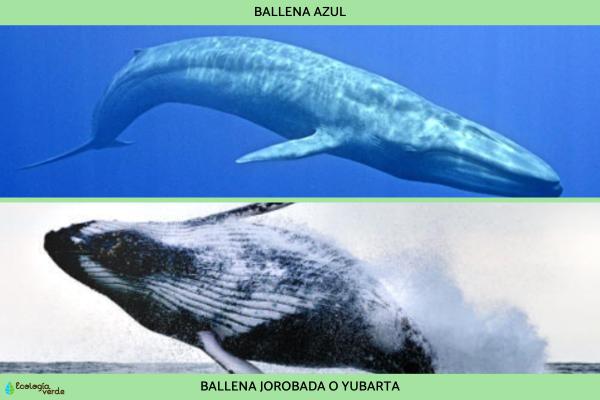
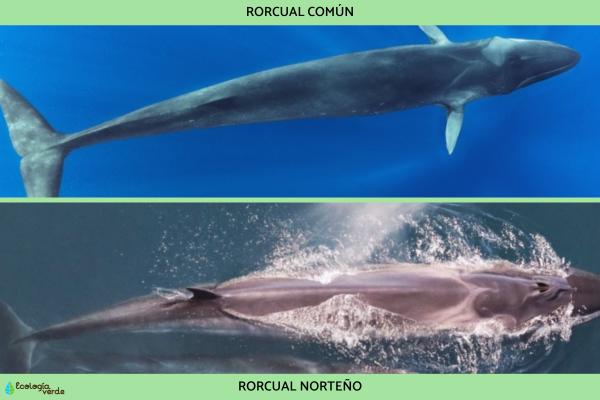
Gray Whale – Eschrichtius robustus
12–15 m; barnacle-encrusted skin; undertakes the longest known mammal migration, Bering Sea to Baja California.
Gray’s Beaked Whale – Mesoplodon grayi
Layard’s Beaked Whale – M. layardii
Ginkgo-toothed Beaked Whale – M. ginkgodens
Deep-diving, shy; possess just one or two erupted tusks, the rest vestigial; rarely observed alive.
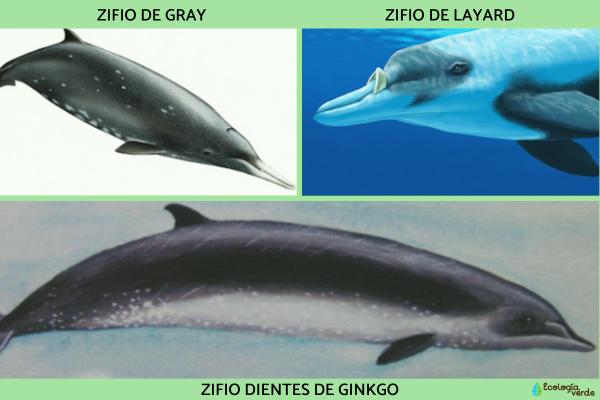
Sperm Whale – Physeter macrocephalus
Largest toothed whale (males to 20 m); massive oil-filled spermaceti organ aids deep dives for giant squid.
Pygmy Sperm Whale – Kogia breviceps
Compact 3 m body, bluff forehead; releases a “smoke screen” of intestinal fluid when startled.
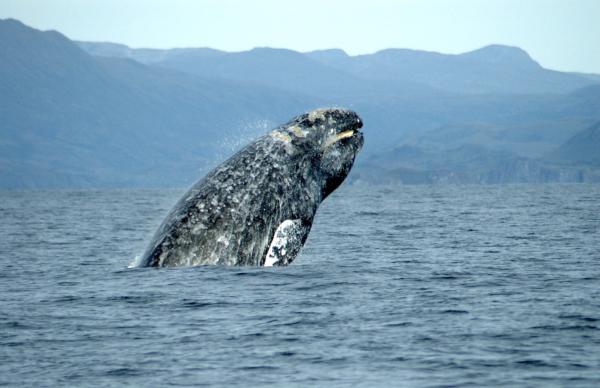
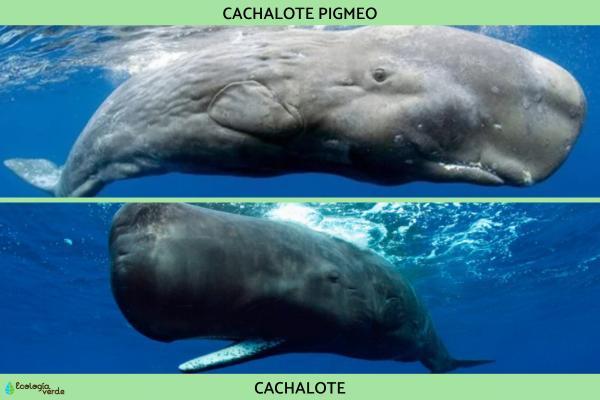
Narwhal – Monodon monoceros
Males sport a single left canine spiralled into a 2-3 m tusk.
Beluga – Delphinapterus leucas
Pure-white adults, no dorsal fin, highly flexible neck.
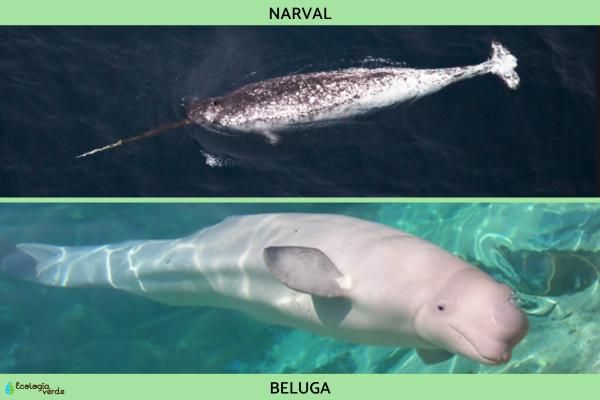
| Species | IUCN Status | Principal Threats |
|---|---|---|
| Fin Whale | Vulnerable | Historical whaling, ship strikes, noise pollution |
| Sei Whale | Vulnerable | Same as above |
| Southern Right Whale | Near Threatened | Past whaling, entanglement, habitat change |
| Bowhead Whale (some stocks) | Endangered | Climate-driven sea-ice loss, past over-exploitation |
Though commercial whaling is banned by the International Whaling Commission, Norway, Japan, and Iceland still issue national quotas. Additional risks include vessel collisions, fishing-gear entanglement, underwater noise, and plastic pollution.
Whales belong to two feeding guilds—toothed hunters and baleen filter-feeders—yet all share mammalian lungs, blubber, and sophisticated acoustic abilities.
The families above encompass giants like the blue whale, deep-sea specialists such as beaked whales, and Arctic icons—the narwhal and beluga.
Protecting whales safeguards entire marine food webs; efforts must address by-catch, ship traffic, noise, climate change, and any resurgence of industrial whaling.
Understanding these 15 distinct whale types shines a light on the evolutionary ingenuity and ecological importance of the ocean’s greatest inhabitants.
References
Albino whale sighted in Baja California Sur in 2019. National Geographic in Spanish. Available at: https://www.ngenespanol.com/animales/avistan-ballena-albina-baja-california-sur/
Bibliography
Pérez, I. (2021). Whales, at permanent risk of extinction. Available at: http://ciencia.unam.mx/leer/1181/las-ballenas-en-permanente-riesgo-de-extincion
Beatty, R., Beer, A., & Deeming, C. (2010). The Book of Nature. Great Britain: Dorling Kindersley.
animal tags: Whales
We created this article in conjunction with AI technology, then made sure it was fact-checked and edited by a Animals Top editor.